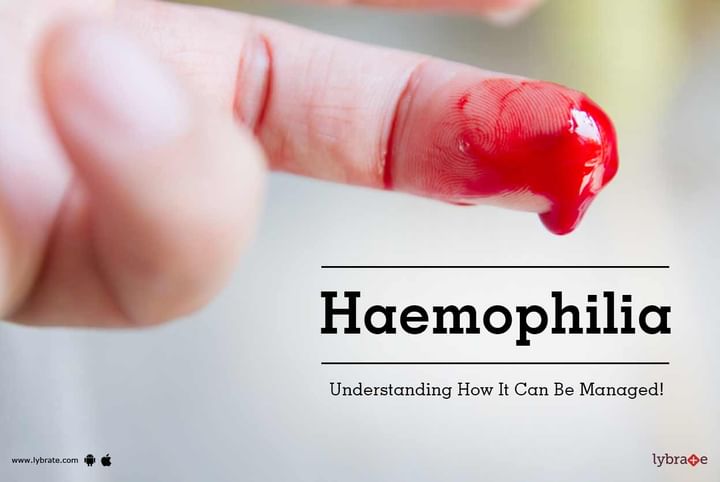Haemophilia - Understanding How It Can Be Managed!
Haemophilia is a type of disorder in which blood does not clots easily or in a normal way. Haemophilia A is one of the common types of disease which causes due to deficiency of blood clotting factor VIII. Haemophilia B is another type which is caused due to the deficiency of blood clotting factor IX. Haemophilia is a lifetime condition which has no exact cure but can be managed by treatment. Haemophilia is a hereditary disorder which is mostly seen in men but is also observed in women sometimes if they carry the gene.
Symptoms of Haemophilia
Symptoms of haemophilia can vary depending on the severity of the disease. In most of the cases, bleeding is the common symptom of haemophilia. Sometimes, haemophilia causes internal bleeding which if left untreated can cause joint pains. There are some other general symptoms seen in people suffering from haemophilia. They are listed here.
- Bleeding through the nose
- Bruising
- Bleeding seen in faeces or urine
- Continuous bleeding when removal of tooth, surgery and when injured
- Unprompted bleeding
- Bleeding seen in joints which lead to swelling and pain
- Bleeding seen in urinary and gastrointestinal tracts
In some cases, internal bleeding happens in the brain which may come into notice during an injury. Such type of internal bleeding can be detected by the following symptoms.
- A severe headache
- Drowsiness
- Neck pain
- Severe stiffness in the body
- Abrupt weakness
- Problems in walking
Treatment for Haemophilia
The standard treatment of haemophilia involves mainly in replacement of missing clotting factor. As haemophilia is caused due to deficiency of factor VIII, the treatment involves the injection of factor VIII concentrates into the body which can be identified depending on the severity of bleeding, the site of bleeding and the age of the patient. Depending on the seriousness of the disease, factor VIII concentrates are given to the patient before going for surgery or dental extractions. This can help in preventing the bleeding.
As haemophilia is a hereditary disease, it is advisable to concentrate on prevention rather than cure of the disease. In order to prevent the disease, it is wise to undergo a genetic counselling. In case you have a concern or query you can always consult an expert & get answers to your questions!



+1.svg)
